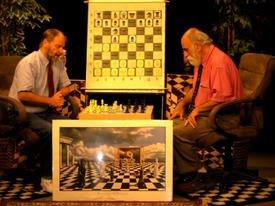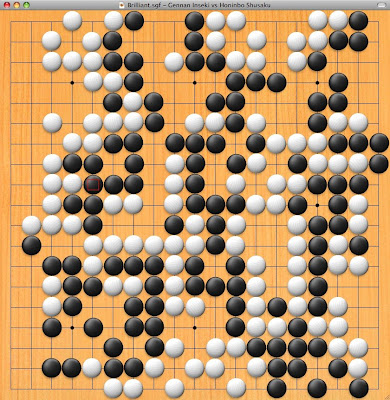Chess and Cheating
When I was a caddy at Franklin Park Golf Course I hated to be carrying the clubs of guys gambling for big money who were cheating like crazy. You just had to keep your mouth shut. There were so many ways to play improperly - side-stepping the rules to improve your position and not get caught. I learned a lot about human nature and personal character in those days. I know true golf sportsman are maniacal about playing by the rules; but I have personally experienced behavior indicating that people can get away with much cheating.
But I digress. It was round four about a dozen years ago in a big chess tournament; I was 3 & 0 and fighting for the class B prize and was paired against a first generation US player who's dad was Russian. Once the game began I realized that my opponent's dad and a friend of his dad were transfixed over our board. My opponent, his dad, and the friend took breaks together and smoked outside and spoke Russian together several times during the game. I got the idea that well I'll just have to beat all three of them together to win. I ended up losing the game due to a blunder, but for the first time in my life the idea of my opponent possibly cheating in a game against me popped into my head. Later on when I got to know the observers better, I realized they were not as strong as I was, and would probably only mess up the son if they gave him advice. And in fact, over time, I came to the conclusion they were sportsman and straight shooters.
I know of some kids going through the effort of learning some basic Russian to be able to listen in on conversations in tournaments hallways in order to determine if people are talking about their game in progress.
At the 1976 World Open where a young man, who shall go nameless, played down using the identity of a weaker buddy. As he was mowing his opponents down Gerome Bono realized what was going on. Director Bill Goichberg had a talk with the boy who disappeared before the end of the tournament.
One time at the BCC I saw a player knock his king over in a time scramble and place his king on a safer square, essentially getting two moves in a row, in a way that looked pretty intentional to me. Fortunately his opponent caught it.
A master, who has been inactive for some time, told me he experienced someone messing with his chess clock while he had stepped away from the board. And as a player and director the most common situation I have witnessed are the many stories of people vehemently denying they touched a piece, when in fact they had. Several years back we had people contend that parents were sending signals to their kids during the game; thus grew "The no parent hovering" rule at the BCF.
I would say that very good thing that 99% of chess players are sportsmen and don't cheat. Because if people worked at it, they could get away with a great deal; to the overall detriment of the game. If people want to participate in some disingenuous behavior let them sell aluminum siding or get into professional wrestling instead of playing OTB.
Internet Chess has its methods to stop cheating. Early on I wondered could computer geeks working on maximizing their chess skills, by harnessing a computer to play their opponent, get away with cheating? That infamous "the mystery opponent that had to be Bobby Fischer" vs. Nigel Short 1. f3. 2.Kf2 game comes to mind. On Jan 1 2007 at the BCF Herb Healy, Larry Christiansen explained to us how now computers track for cheating on the ICC and assess the "computer-ness/human-ness" of the moves in an Internet Chess Club tournament where you will be disqualified if you play too much like a computer.
The first recorded computer chess cheating happened at MIT in the early 60's, probably on an April first; as told by Steven Levy, author of Hackers: Heroes of the Computer Revolution. Long before Richard Greenblatt had written the code for MacHack; some MIT students gleefully and independently went to AI super-professor John McCarthy and another professor stating that they had a phenomenal breakthrough in chess algorithms and they should come to the lab immediately to see their discovery. "Uncle" McCarthy and the professor were led to separate rooms, where one was placed in front of TX-0 the other in front of PDP-1 and asked to enter chess moves. Unknown to them their computers were connected to each other by a single wire and they were playing each other!?
What is your feeling about cheating in chess?
Do you have any interesting stories?
Please Comment Mike Griffin 08/27/2008
http://en.wikipedia.org/wiki/

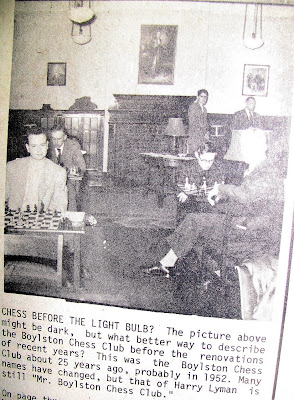
 Gisbert Helmreich opened a box and pulled out a chess playing machine called Chess Challenger. Jim Rizzitano
Gisbert Helmreich opened a box and pulled out a chess playing machine called Chess Challenger. Jim Rizzitano  and I summarily beat the machine so easily we had a good laugh and we lost interest in a few minutes, our first experience playing against a computer left us unimpressed.
and I summarily beat the machine so easily we had a good laugh and we lost interest in a few minutes, our first experience playing against a computer left us unimpressed.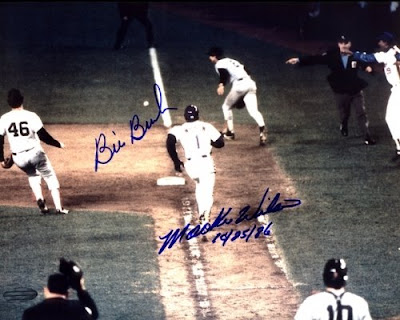
 Ben being the first human to lose a chess game in a tournament in 1967 to Richard Greenblatt's MacHack VI computer of MIT, the machine having a rating of 1529: " There's Ben Landy who Bobby Fischer says is not fit for the human race." Legend has it, that was the ever beneficent Fischer response when he heard Landy had been defeated by a computer.
Ben being the first human to lose a chess game in a tournament in 1967 to Richard Greenblatt's MacHack VI computer of MIT, the machine having a rating of 1529: " There's Ben Landy who Bobby Fischer says is not fit for the human race." Legend has it, that was the ever beneficent Fischer response when he heard Landy had been defeated by a computer. 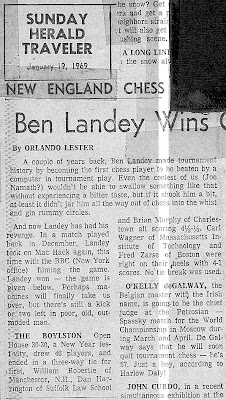

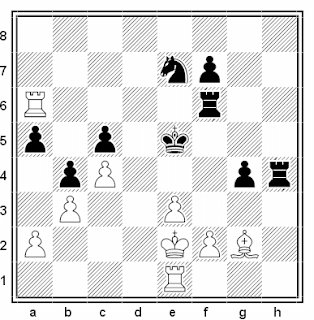


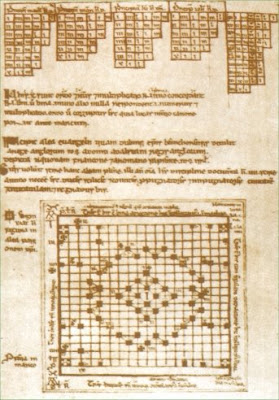
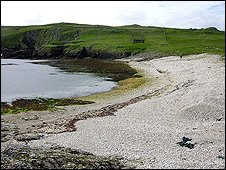
 The game simulates a Viking raid, with the king and his defenders trying to escape a larger force.
The game simulates a Viking raid, with the king and his defenders trying to escape a larger force. 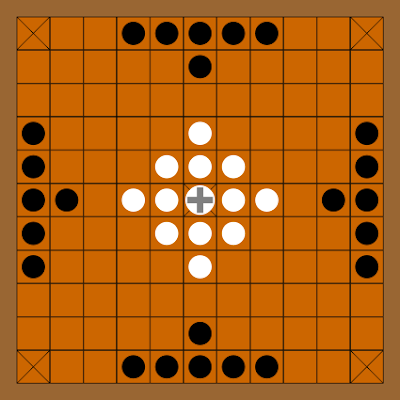
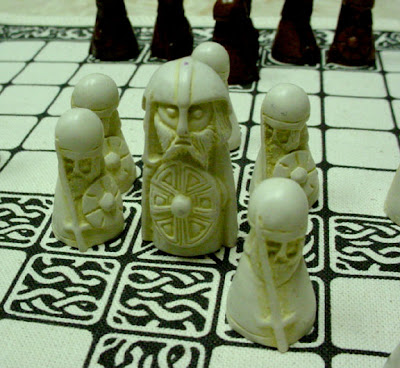
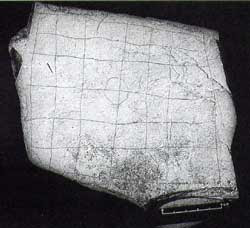 The game is for two players. One takes charge of a large force of pieces - or soldiers - known as the 'attackers', who start at the edges of the board. The other player controls a much smaller force of bodyguards called the 'defenders', who start in the centre of the board and are led by a special large piece representing their king.
The game is for two players. One takes charge of a large force of pieces - or soldiers - known as the 'attackers', who start at the edges of the board. The other player controls a much smaller force of bodyguards called the 'defenders', who start in the centre of the board and are led by a special large piece representing their king.

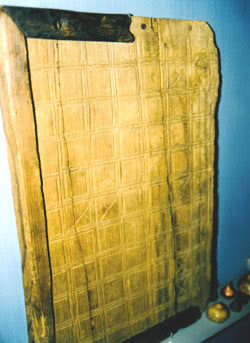..jpg)


